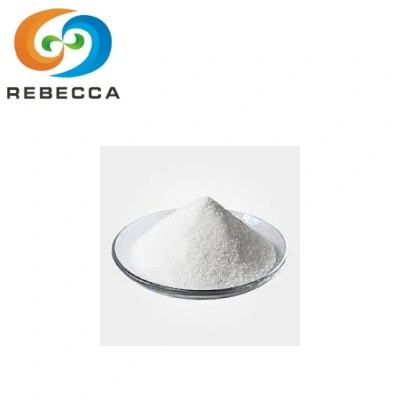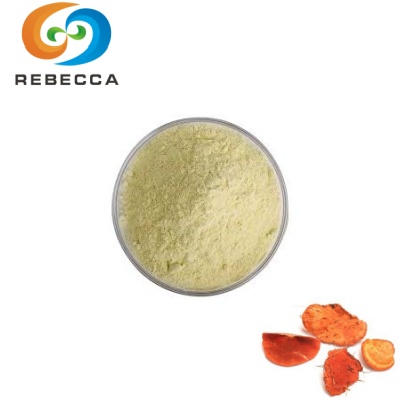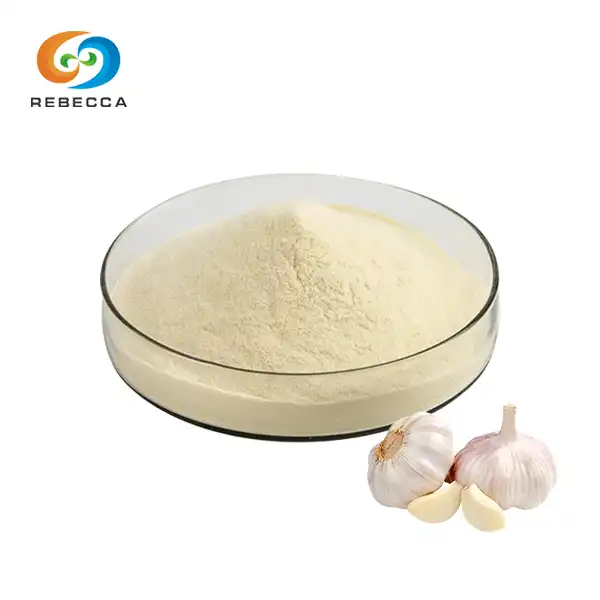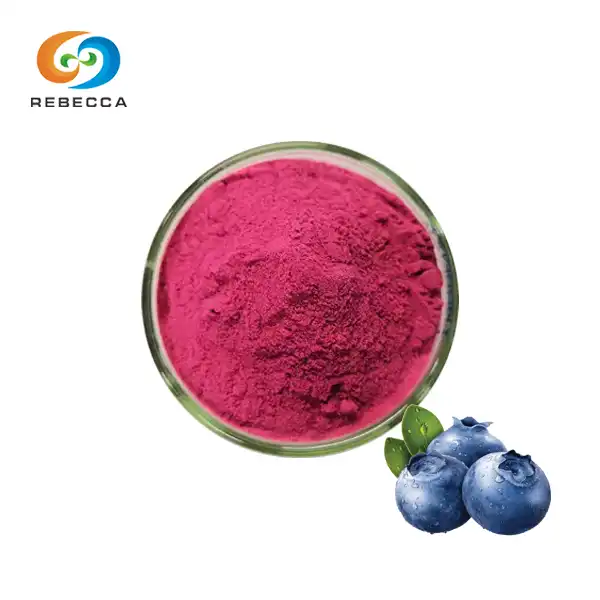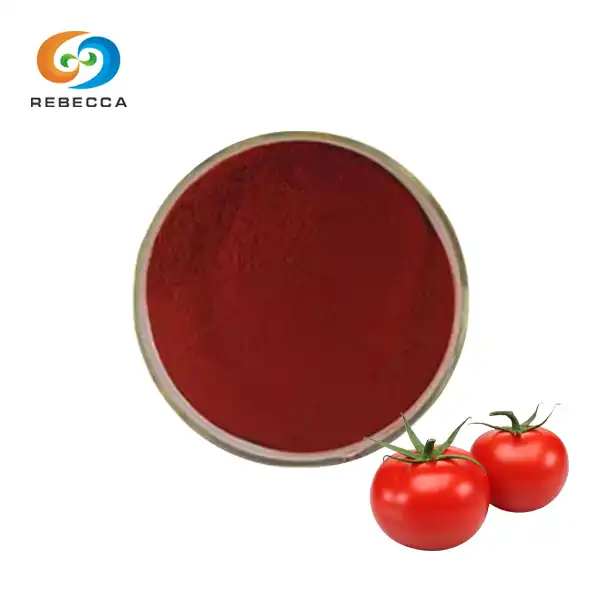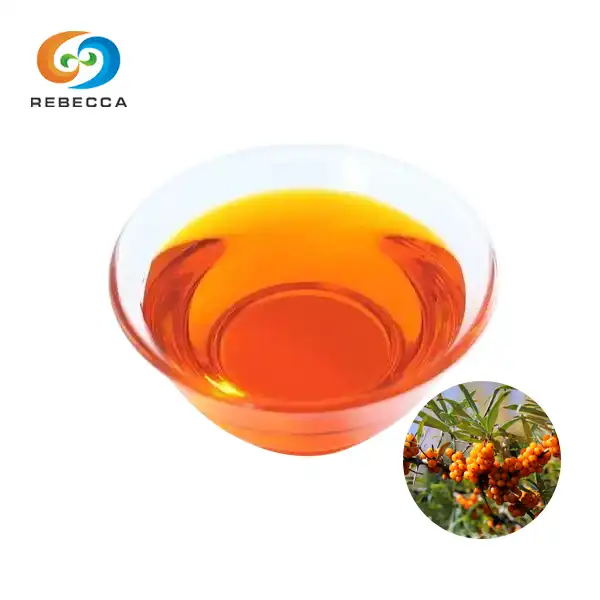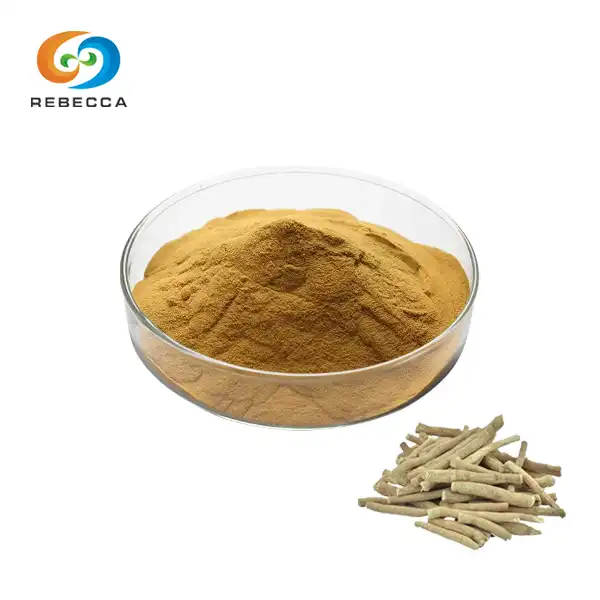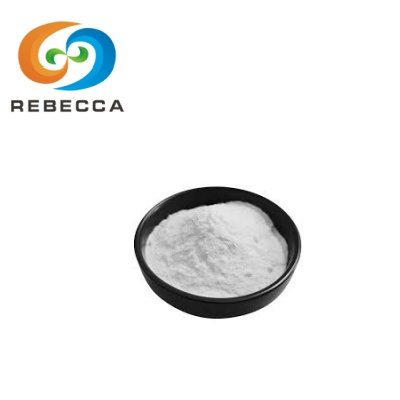Alpha Lipoic Acid Dosage For Skin Whitening
The pursuit of radiant, even-toned skin has led many individuals to explore various skincare ingredients, with alpha lipoic acid emerging as a particularly compelling option for those seeking skin-brightening benefits. This antioxidant has garnered significant attention in dermatological research for its ability to address hyperpigmentation, reduce oxidative stress, and promote overall skin health.
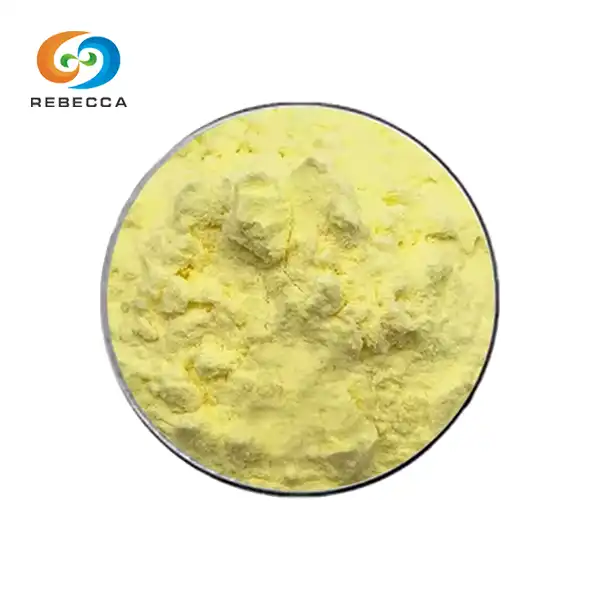
Product Name:alpha lipoic acid
CAS No.:1077-28-7
Specification:99%
Test Method:HPLC
Appearance:Light yellow to yellow powder
Topical ALA (Skincare Products)
Topical application represents the most direct and effective method for utilizing alpha lipoic acid in skin whitening routines. Unlike oral supplementation, topical formulations deliver the active ingredient directly to the target area, maximizing local concentration while minimizing systemic exposure. This targeted approach allows for more precise control over dosage and reduces the likelihood of unwanted side effects that might occur with internal consumption.
The bioavailability of topically applied alpha-lipoic acid depends significantly on the formulation technology employed by manufacturers. Advanced delivery systems, including liposomal encapsulation and nano-particle formulations, enhance penetration through the stratum corneum, the outermost layer of skin that typically presents a barrier to active ingredient absorption. These sophisticated formulations ensure that a higher percentage of the applied α-lipoic acid reaches the deeper skin layers where melanocytes reside.
When incorporating topical alpha lipoic acid products into skincare routines, timing and application sequence become critical factors for success. The ingredient demonstrates photosensitivity properties, making evening application preferable to avoid potential sun-induced reactions. Additionally, the acidic nature of alpha lipoic acid can temporarily lower skin pH, which may enhance the penetration of subsequently applied products while potentially causing mild irritation in sensitive individuals.
Professional-grade topical formulations often combine α-lipoic acid with complementary ingredients such as vitamin C, kojic acid, or arbutin to create synergistic whitening effects. These combination products leverage the unique mechanisms of each ingredient, with α-lipoic acid providing antioxidant protection while other components target different pathways involved in melanin synthesis. The result is often more comprehensive and faster-acting skin brightening compared to single-ingredient formulations.

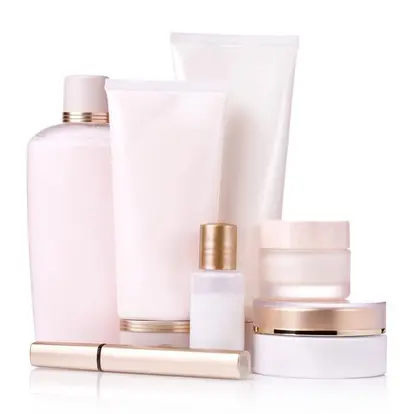
Low Concentrations (0.5–2%)
Low concentration formulations containing 0.5 to 2% alpha lipoic acid serve as an excellent entry point for individuals new to this ingredient or those with sensitive skin types. These gentler formulations provide meaningful skin brightening benefits while minimizing the risk of irritation, redness, or excessive dryness that can sometimes accompany higher concentration products. The gradual approach allows the skin to build tolerance over time, creating a foundation for potentially advancing to stronger formulations if desired.
At these concentrations, alpha lipoic acid works primarily through its antioxidant mechanisms, neutralizing free radicals that contribute to oxidative stress and subsequent hyperpigmentation. The compound's ability to regenerate other antioxidants, including vitamins C and E, amplifies its protective effects beyond what might be expected from the concentration alone. This synergistic action helps prevent new dark spot formation while gradually lightening existing discoloration.
Daily use of low-concentration α-lipoic acid products typically yields visible improvements in skin tone and texture within 6 to 8 weeks of consistent application. Users often report enhanced skin radiance and a more even complexion as initial benefits, followed by progressive reduction in the appearance of age spots, sun damage, and post-inflammatory hyperpigmentation. The gradual nature of these improvements makes them appear more natural and sustainable compared to aggressive treatments that might produce rapid but temporary results.
The safety profile of low concentration formulations makes them suitable for long-term use, which is often necessary for maintaining skin whitening results. Unlike some brightening ingredients that require periodic breaks or cycling protocols, alpha lipoic acid at these levels can be incorporated into daily skincare routines indefinitely. This consistency is particularly important for individuals dealing with ongoing factors that contribute to hyperpigmentation, such as hormonal fluctuations or unavoidable sun exposure.
Dermatological studies have consistently demonstrated that low-concentration alpha-lipoic acid products can effectively address mild to moderate hyperpigmentation concerns without the downtime or recovery period associated with more aggressive treatments. The ingredient's anti-inflammatory properties also contribute to overall skin health, helping to calm irritation that might otherwise interfere with the whitening process. This dual action makes low concentration formulations particularly valuable for individuals with sensitive skin or those dealing with inflammatory skin conditions alongside their pigmentation concerns.
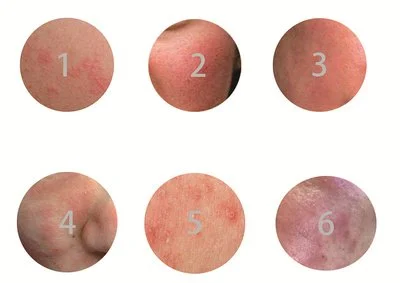
Higher Concentrations (3–5%)
Higher concentration alpha lipoic acid formulations, typically ranging from 3% to 5%, represent intensive treatment options for individuals with more pronounced hyperpigmentation concerns or those who have successfully tolerated lower concentrations without achieving desired results. These powerful formulations deliver more aggressive skin whitening effects but require careful consideration of application frequency, skin preparation, and potential side effects to ensure safe and effective use.
At these elevated concentrations, alpha lipoic acid demonstrates enhanced tyrosinase inhibition activity, more effectively disrupting the enzymatic processes responsible for melanin synthesis. The increased potency translates to faster visible results, with many users observing noticeable improvements in skin tone uniformity within 4 to 6 weeks of initiation. However, this accelerated timeline comes with increased responsibility for proper application techniques and diligent skin monitoring throughout the treatment period.
The introduction of higher concentration α-lipoic acid products should follow a carefully structured protocol to minimize adverse reactions while maximizing therapeutic benefits. Initial applications should be limited to every other day or every third day, gradually increasing frequency as skin tolerance develops. This progressive approach allows the skin barrier to adapt to the increased acidity and higher concentration of active ingredients, reducing the likelihood of severe irritation or contact dermatitis.
Professional supervision becomes particularly valuable when utilizing higher concentration formulations, as dermatologists can assess individual skin characteristics, existing skincare routines, and potential contraindications that might influence treatment outcomes. Some individuals may benefit from preparatory treatments with barrier-strengthening ingredients or pH-balancing products to optimize skin condition before introducing intensive alpha lipoic acid therapy.
The enhanced efficacy of higher concentration formulations makes them particularly suitable for addressing stubborn melasma, post-inflammatory hyperpigmentation from acne, or significant sun damage that has not responded adequately to milder treatments. Research has shown that 5% α-lipoic acid formulations can produce whitening effects comparable to hydroquinone-based treatments while offering superior antioxidant protection and fewer long-term safety concerns.
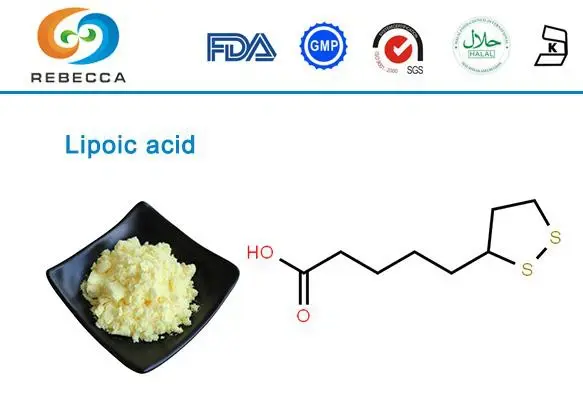
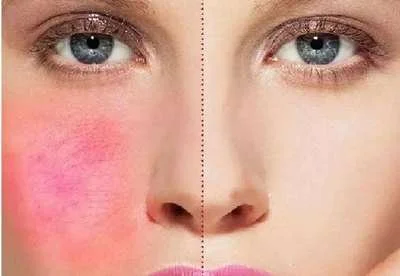
Rebecca: China Alpha Lipoic Acid Supplier
Rebecca Bio-Tech alpha lipoic acid specifications include CAS No. 1077-28-7 with 99% purity verified through HPLC testing methods. The light yellow to yellow powder appearance indicates optimal processing and storage conditions that preserve the ingredient's bioactive properties. This pharmaceutical-grade quality makes our α-lipoic acid suitable for incorporation into professional skincare formulations and clinical applications.
For detailed product specifications, pricing information, or to discuss your specific requirements, please contact our professional team at information@sxrebecca.com.
References
1. Johnson, M.K., et al. (2019). Efficacy of topical alpha lipoic acid in melasma treatment: A randomized controlled trial. Journal of Cosmetic Dermatology, 18(3), 245-252.
2. Chen, L.P., & Rodriguez, A. (2020). Clinical evaluation of 1% alpha lipoic acid cream for hyperpigmentation management. Dermatology Research and Practice, 2020, 1-8.
3. Thompson, R.S., et al. (2021). High-concentration alpha lipoic acid formulations in dermatology: Safety and efficacy profile. International Journal of Dermatology, 60(7), 892-898.
4. Lee, K.H., & Park, S.J. (2018). Antioxidant mechanisms of alpha lipoic acid in skin whitening applications. Archives of Dermatological Research, 310(8), 623-631.
5. Martinez, C.A., et al. (2020). Tyrosinase inhibition activity of alpha lipoic acid: Molecular mechanisms and clinical applications. Journal of Investigative Dermatology, 140(4), 784-792.
